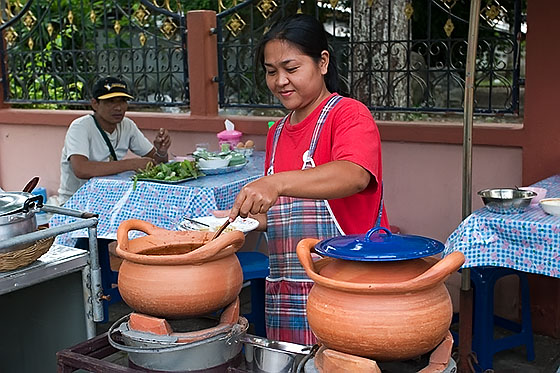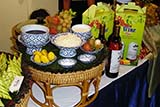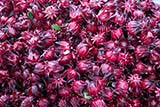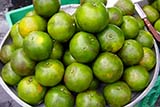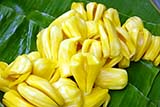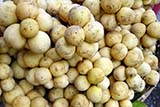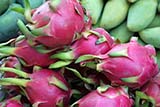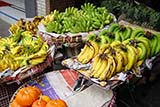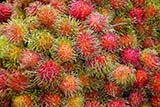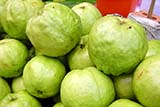Thailand - Food Page 3
Expensive vs Cheap
One morning I decided to eat breakfast at a friend's cafe; the main reason being that I hadn't seen her for a long time.
Unfortunately her place was closed and I didn't have a Plan B. I was with my girlfriend and made a quick decision to go instead to one of the top hotels in town for a breakfast treat.
I had imagined they would have great cooked breakfasts but I was wrong. All that was on offer was one of the things I am not keen on - the dreaded hotel buffet breakfast. We just ate fried rice. The food was mediocre - at best - and the bill came to Bt400 for two of us.
In most of Thailand Bt200 per person for a meal is considered expensive, especially for a poor meal.
Our drinks (coffee and orange juice) were expensive and by the time they had added tax and service charges it was an expensive meal - bearing in mind that fried rice in Thailand is a Bt30 meal.

The price you pay for food in Thailand bears no relation to the quality or taste
That same evening I went to eat at a small local-style restaurant of which there are hundreds in town.
These places aren't really restaurants in the Western sense; just a lady (sometimes a man) with a sizzling wok cooking in a typical shuttered shopfront building with plastic tables and chairs.
The particular place I'm referring to is one of my favourites and I walk a long way to get there. The woman owner makes probably the best sweet and sour dishes I have ever tasted. The sauce is perfect with just the right amount of 'bite'.
All the ingredients are fresh, of course, and she adds a mountain of crispy vegetables. It comes with rice, and water is free.
After eating there I always walk away feeling very full with the delicious flavours still on my taste buds. The price for the meal I've just described is Bt25, or one-eighth of what I paid for a very ordinary breakfast at an expensive hotel.
In Thailand there is no direct correlation between price and flavour, or price and quality, when it comes to Thai food.
Some of the best Thai food I have eaten has been sold at giveaway prices from small restaurants.
This observation doesn't apply to Western food though. Western food cooked on the cheap isn't usually very good. The best Western food I've eaten in Thailand has been at some of the bigger hotels where they have properly trained international chefs.
It also goes without saying that the best Western food is available in places where there are lots of Westerners. I am not a great fan of Thailand's tourist resorts but the food at these places is generally very good.
Fruit
The variety of locally grown tropical fruit in Thailand is amazing and sampling as much as possible should be on everyone's agenda when in the Kingdom. Some of the fruit is available in other parts of the world such as bananas, oranges, apples and pineapples but there is fruit in Thailand I haven't seen anywhere else. Most fruit vendors are quite happy for you to sample some of the produce so there is an easy way to see if you like something before making a purchase.
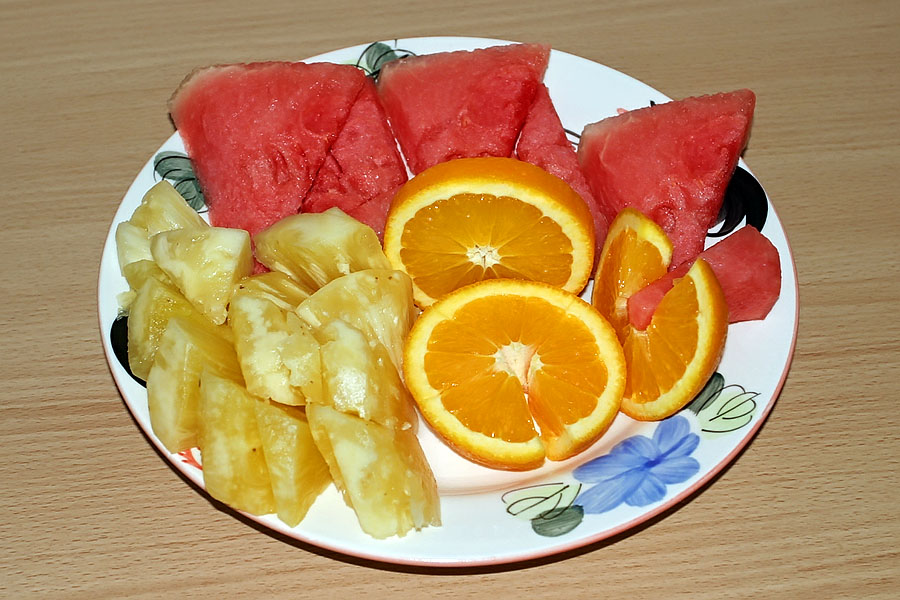
A selection of fresh, tropical fruit
Not only is the variety of fruit huge but so is the quantity. It's on sale everywhere in Thailand and there is a big export market. Thailand even signed a barter deal with China in 2005 to trade 66,000 tonnes of dried longan for 133 armoured personnel carriers.
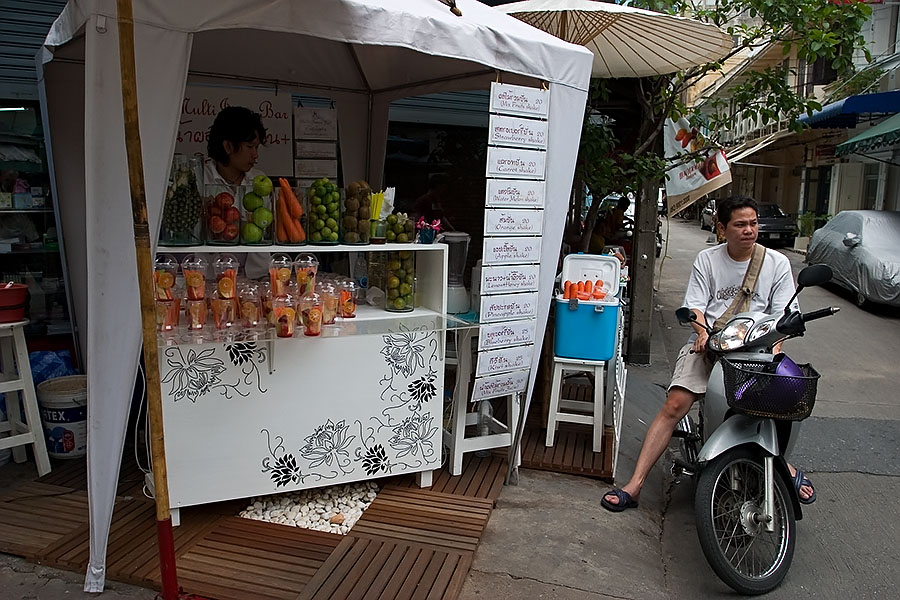
Making drinks from fresh fruit
Fruit can be bought from local supermarkets and department stores in its natural form. Supermarkets also sell it prepared and ready to eat, as do many street vendors. Their food carts have peeled fruit laid out over ice which they will cut into bite-size chunks and put into a plastic bag for you. They even give you a small stick with which to eat the fruit to avoid getting your fingers sticky.
Other street vendors will make fresh fruit shakes and crushes for you for just a few Baht. Alternatively you could invest in a blender and make your own at home. The variety and cheapness of fruit is one of the reasons I love being in Thailand.
Many Thais like to eat their fruit dipped in prik gleua, a mixture of salt and ground chilies. It is definitely an acquired taste but I quite like certain types of prik gleua with certain types of fruit, especially if the fruit is a little sour.
Tropical fruit is like insects. It seems that no matter how many different ones you see, you will always see another that you have never seen before.
It's quite unusual to see the actual fruit. It is normally sold as a drink (naam gra-jiap) and very tasty it is too - my favourite fruit juice drink in Thailand. The web site linked above mentions that roselle is also used to make jam and that it has medicinal properties.
Many small restaurants and street vendors sell bottles of locally made fruit juice and naam gra-jiap is usually one of the choices. The closest equivalent I can think of is blackcurrant. It's tasty and packed with lots of healthy vitamins.
Because of the soft texture the top can be cut off and the fleshy fruit can be scooped out with a spoon or it can be peeled and cut into slices. It isn't quite as sweet as it looks. The taste, like all other tastes, is difficult to describe in words. As with all the fruit in Thailand, it's cheap and the best thing is just to experiment.
To check if a guava fruit is ripe to eat, the Thais flick their middle finger against it and listen to the sound. This is obviously a very special skill which has been developed and honed over many years (much like the old wheeltappers who used to used to work in the railway industry) but from my general observations it seems that a hollow sound is good.
I have been informed by Thais that there are two types - the Phuket and Phattalung pineapple. One section of the road through Phattalung has hundreds of roadside street vendors selling fresh pineapples. Phattalung pineapples are supposedly sweeter and Phuket pineapples supposedly crisper.
This can't be true though because I have seen at least two other varieties. I have seen pineapples that are longer and pineapples from Chiang Rai that are very small and very sweet.
Semi-ripe mangoes (ma muang mun) are green and firm. The flesh is a green-tinted white colour similar in colour to that of an apple. They have an interesting taste which is neither sweet (waan) nor sour (bprio). At this stage they are normally eaten after being dipped in a mixture of salt and ground chilies called prik glua in Thai.
Beer
I am by no means an expert on the subject as I drink so little but occasionally a glass of beer goes down well. Probably the best known Thai beer is Singha, brewed by the Boon Rawd Brewery. Despite its fame I am no fan of Singha as I find it very acidic. If you order one in Thailand, don't pronounce the 'a' at the end.
Beer Chang (Elephant Beer) is more to my liking. I find it a lot smoother than Singha and generally it is cheaper. Some foreigners claim it is full of chemicals and complain of getting 'Changovers' the next day but I haven't found this. Mind you, I normally only drink one bottle with a meal so I don't tend to suffer. After five or six it might be a different story.
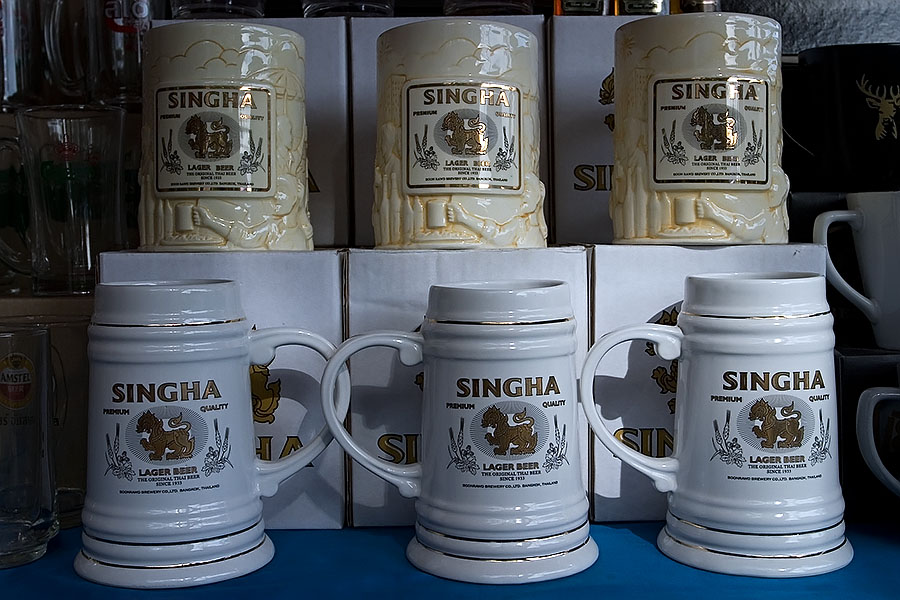
Probably the best known lager in Thailand
Kloster is OK but not as widely available as Singha or Chang. It is of German origin (and the Germans know a thing or two about beer) but is brewed under license in Thailand. Another beer to look out for is Leo which is tasty and cheap.
Thai beers are relatively strong. Again, I am no expert but I believe that a lot of English bitters are between 3% and 4% whereas Thai beers are normally between 5% and 6%. All I know is that even after one large bottle of Thai beer I can feel the effect.
European brews such as Heineken and Carlsberg are also quite popular. These are brewed in Thailand under license. Of course, it's cool to drink European beer in Thailand just as it would be cool to drink a Singha in London. This is always the way. When I was a teenager it was cool to drink trendy American brews which actually were quite poor beers but when I worked in the States it was trendy to drink Guinness. People always seem to feel the need to show how sophisticated and worldly-wise they are by drinking a certain kinf of beer.
Western Food In Thailand
Western food is making an impact in Thailand, especially with younger Thais, but as you'd expect it is mostly of the junk food variety. For a nation where obesity is quite rare you see quite a few fat Thai kids nowadays.
Pizza is popular (Thais smother it with tomato ketchup) but Pizza Hut dominates unfortunately. I have managed to find good pizza in Bangkok and Krabi in the past, but mostly it is Pizza Hut style pizzas. McDonalds is another favourite, as is KFC.
In Bangkok every style of food is available, including good Western food. The same applies in the major tourist resorts. If you get out into the provinces though, it can be a problem.
TOPS supermarket bake good bread, and they sell butter and cheese from New Zealand and ham from Germany which is also very good.
The food in Western chain restaurants with branches in Thailand is fine, as is the food in large hotels who have chefs trained in international cuisine. Somewhere such as the Oriental hotel in Bangkok will satisfy the most discerning of Western palates. Some small local style restaurants add a few farang dishes to their menu. However, many Thais just don't understand farang food and generally it doesn't taste that good.
The Ills Of The West
Throughout these pages I am often critical of Thailand. It's not because I necessarily want to pick on Thailand, but my criticism has had more to do with sadness and frustration at how Westernisation is gradually ruining the country.

Ronald McDonald in Thailand
Thailand was a country that had so many things right before it sold out to mass consumerism and Western culture. Every aspect of life in Thailand has been affected, including the diet. The normal Thai diet is very healthy with lots of fish, fruit and vegetables. It is not high in fat and provides a good balance of essential vitamins and nutrients. What's more, because food is so abundant and cheap in Thailand, a good diet is available to most people.
According to a newspaper report I read (The Nation 2nd May 2005), a survey in Bangkok showed that schoolchildren only eat 74 grams of fresh fruit and vegetables a day on average. Other studies (and my own observations) make it clear that Thai children are eating far too many high-fat, starchy foods and drinking too many sugary, fizzy drinks. KFC and MacDonalds are always packed out with Thais eating Western junk food and drinking carbonated drinks.
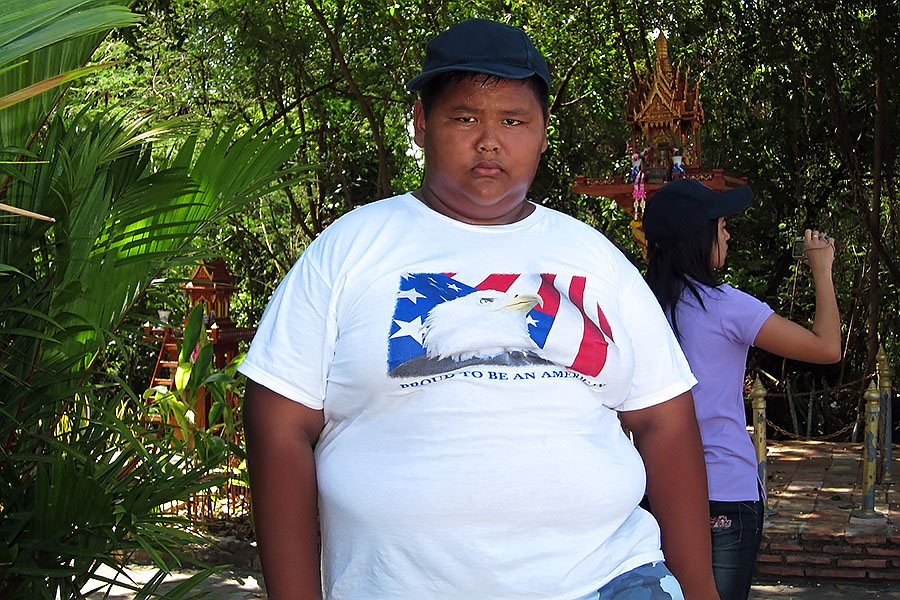
Proud to be an American
Another survey among adults indicated that children are losing their role models when it comes to eating a good diet. In the survey, 71% of adults said they ate instant noodles every day and 54% admitted to eating junk food every day. Only 47% made an effort to eat vegetables with their meals.
No additional time or effort is required to eat healthy, nutritious Thai food. Small restaurants (which exist everywhere) will freshly prepare servings of rice or noodles with vegetables in the same time it takes to get a Big Mac and the cost will be significantly cheaper.
A burger or a pizza occasionally is fine but not every day, or even every week. One day Thailand might wake up to the fact that their current love affair with Western culture was a huge mistake but by that time the damage will have been done.
I also have some personal experience of this. Some time in 2015 I started to suffer quite badly from Western food cravings. Unfortunately, where I live in provincial Thailand there is very little Western food on offer.
To satisfy my craving I took the path of least resistance and regularly went to a convenient place in the middle of town where I knew I could get the comfort food that my body was calling out for - McDonalds. This wasn't just a one-off event. I'm afraid that it turned into quite a habit.
In addition to containing unhealthy ingredients and excessive amounts of fat, sugar and salt, I have also read that McDonalds food contains chemicals that have addictive qualities. Eating McDonalds food can make you feel really good with a desire to keep eating more, which is what MvDonalds wants, but this can cause health issues.
I quickly gained several extra kilos and, unfortunately, all the weight went straight to my stomach rather than being distributed even around my entire body. It looked awful and people started to comment, including my wife.
After this I cut McDonalds out of my diet completely and the extra weight I had accumulated started to disappear. My wife sometimes cooks Western food at home and the food she cooks is a lot healthier.
I still drink coffee at McCafe. I find the coffee to be just as good as Starbucks and it is a lot cheaper. In the future I may treat myself to the occasional burger, but I will not eat McDonalds food regularly ever again.
Chinese Food In Thailand
I've always liked the Chinese food sold in Western countries but until I went to Asia I didn't realise that the Western version is quite unlike Chinese food eaten in Asia. I'm not too keen on the authentic Asian variety of Chinese food.
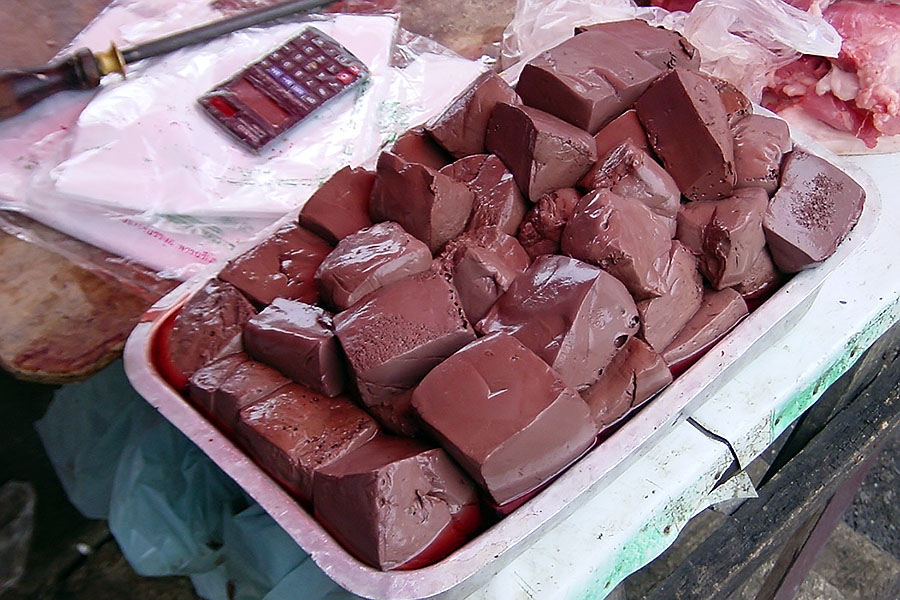
Pigs' liver, anyone?
The Chinese appear to eat anything (and everything) and are especially partial to animal parts that would normally be thrown away. Chickens' feet, pigs' ears and other pig offal are highly prized. It could be that I am just a fussy eater but this kind of cuisine doesn't feature very high up on my list of favourites.
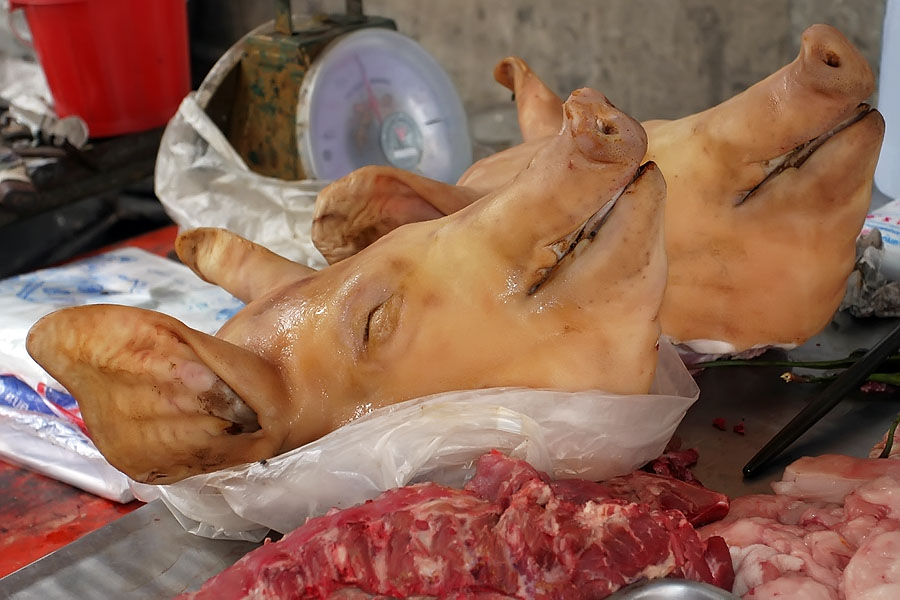
Pigs' heads for sale in Chumpon
I feel embarrassed about my delicate stomach at times. I was invited to a small gathering which was being held in order to bless a newly-opened shop for good luck. My Thai Chinese friend who had arranged it had worked hard the previous night preparing the food. When I got there I couldn't bring myself to eat anything apart from some fruit.
As I watched her eat, there was a chicken's foot floating in her bowl. With a pair of chopsticks she grabbed hold of a 3cm cube of pig liver and swallowed it whole. I had seen pig liver on sale at the market before and wasn't sure how it was eaten but it looked almost raw.
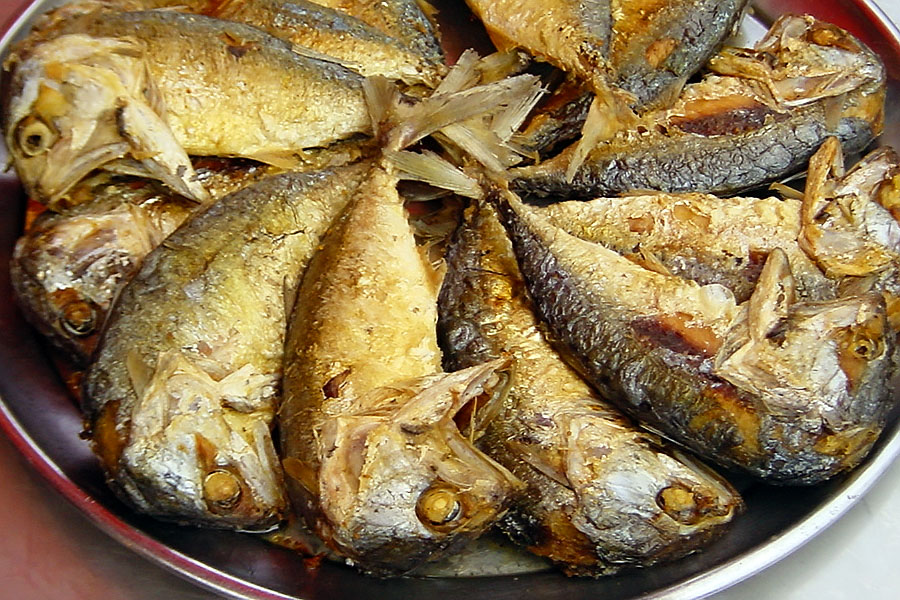
I had never realised that fish eyes were such delicacies until I came to Thailand
She then reached for a plate of the funny looking fish that have their heads tucked down 90 degrees to their body. As I watched, she plucked an eye from one of the fish and ate it, then another, then another. A small girl ran over to make sure she got an eye before they all disappeared.
By this time I was feeling quite ill. Because I wasn't eating it was of major concern to everyone there and I realise that it was probably quite insulting not to eat anything. Every two minutes someone was trying to give me a plate of something to eat. However, if I had forced anything down it would have come straight back up again and that would have been even more insulting.
Discount Cards
Many chain restaurants offer some kind of a promotional discount card but by their very nature chain restaurants in Thailand are normally foreign owned serving non-Thai food. The deals are often very good and it pays to buy a discount card even if you only plan to eat at the restaurant a couple of times.
I eat mainly Thai food at small, local restaurants because the food is tasty and cheap but there are times when I eat at chain restaurants. Fuji is one of my favourites for the great Japanese food they serve. Occasionally I want an American style steak and salad so head to my local branch of Sizzler. If I want something 'bready' then pretzels at Auntie Ann's normally do the trick.
All of these places offer discount cards. Sizzler and Auntie Ann's offer 2-for-1 deals with their discount cards. The cards cost Bt99 but it doesn't take long to recoup your investment. If two people eat out at Sizzler you save money after just one visit with a Bt99 discount card. Fuji has a points system where you get one point for every Bt300 spent and when you have 10 points you can get a Bt300 discount.
Discount card deals are worth looking out for in Thailand. One of the things I've noticed though is that most of the information about the deals is in Thai. All farangs are rich anyway, aren't they, so why do they need discounts?

